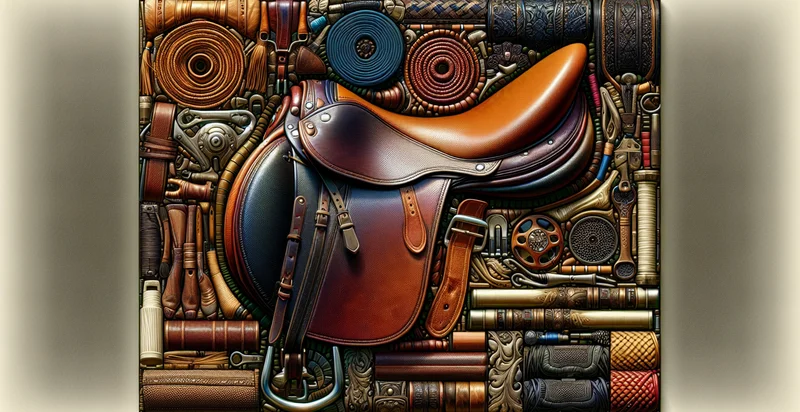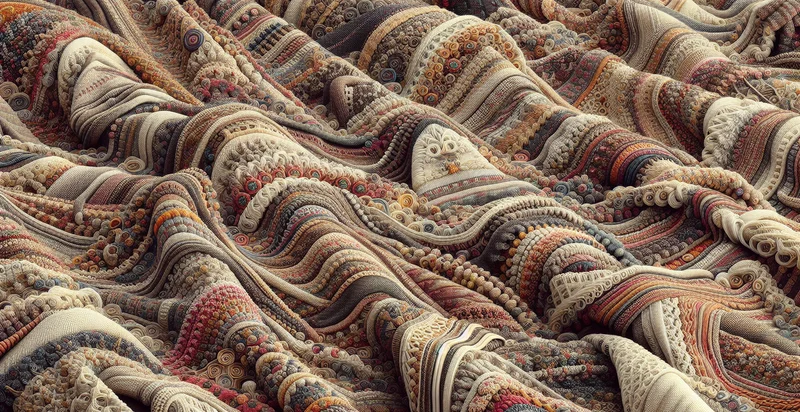Identify what material a saddle is made from
using AI
Below is a free classifier to identify what material a saddle is made from. Just upload your image, and our AI will predict what material a saddle is made from - in just seconds.

Contact us for API access
Or, use Nyckel to build highly-accurate custom classifiers in just minutes. No PhD required.
Get started
import nyckel
credentials = nyckel.Credentials("YOUR_CLIENT_ID", "YOUR_CLIENT_SECRET")
nyckel.invoke("what-material-a-saddle-is-made-from", "your_image_url", credentials)
fetch('https://www.nyckel.com/v1/functions/what-material-a-saddle-is-made-from/invoke', {
method: 'POST',
headers: {
'Authorization': 'Bearer ' + 'YOUR_BEARER_TOKEN',
'Content-Type': 'application/json',
},
body: JSON.stringify(
{"data": "your_image_url"}
)
})
.then(response => response.json())
.then(data => console.log(data));
curl -X POST \
-H "Content-Type: application/json" \
-H "Authorization: Bearer YOUR_BEARER_TOKEN" \
-d '{"data": "your_image_url"}' \
https://www.nyckel.com/v1/functions/what-material-a-saddle-is-made-from/invoke
How this classifier works
To start, upload your image. Our AI tool will then predict what material a saddle is made from.
This pretrained image model uses a Nyckel-created dataset and has 16 labels, including Bamboo, Canvas, Cotton, Fiberglass, Leather, Mesh, Metal, Microfiber, Neoprene and Nylon.
We'll also show a confidence score (the higher the number, the more confident the AI model is around what material a saddle is made from).
Whether you're just curious or building what material a saddle is made from detection into your application, we hope our classifier proves helpful.
Related Classifiers
Need to identify what material a saddle is made from at scale?
Get API or Zapier access to this classifier for free. It's perfect for:
- E-commerce Product Verification: Online retailers can utilize the material classification function to automatically verify the material descriptions of saddle products listed on their platforms. This ensures that customers receive accurate product information, improving trust and reducing returns caused by misleading descriptions.
- Quality Control for Manufacturers: Saddle manufacturers can implement this function in their quality control processes to quickly assess whether the materials used in production match the specifications. This helps maintain product quality standards and reduces the risk of defects in the final product.
- Saddle Restoration Services: Companies specializing in saddle restoration or repair can use the material identifier to determine the original materials utilized in vintage or custom saddles. This knowledge is crucial for sourcing appropriate replacement materials and maintaining the integrity of the restoration process.
- Insurance Verification for Claims: Insurance providers can leverage the classification function to assess claims related to saddle damage or loss. By accurately identifying the saddle's material, insurers can streamline their claims process and ensure fair evaluations for compensation.
- Rider Safety Equipment Assessment: Riding organizations can conduct safety assessments on saddles by identifying materials that offer optimal safety features. This allows them to recommend the safest saddle options to riders and enhance overall riding safety.
- Sustainable Material Sourcing: Businesses focused on sustainability can use this function to verify materials and ensure they are sourcing environmentally friendly saddle options. This aligns with consumer demand for sustainable products and helps companies establish responsible sourcing practices.
- Market Research and Trend Analysis: Researchers and analysts can apply this classification function to study trends in saddle manufacturing materials over time. Understanding which materials are gaining popularity can inform future product development and marketing strategies for brands in the equestrian industry.


